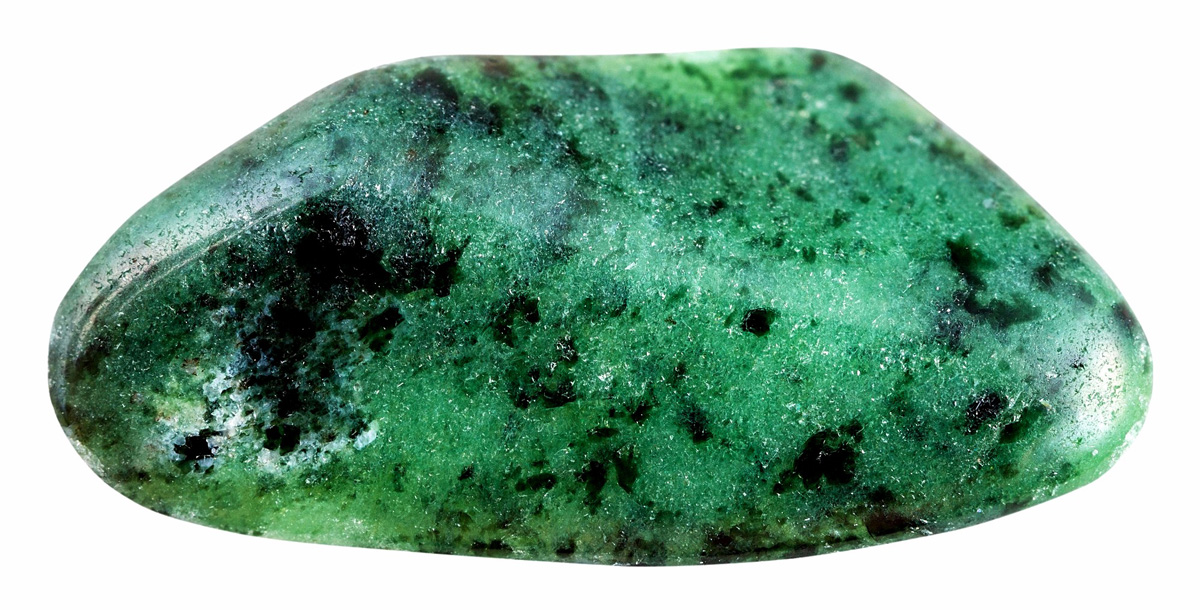
PHYSICAL PROPERTIES
- GROUP Silicates - sorosilicates
- COMPOSITION Ca2Al3(SiO4)3(OH )
- COLOR Greenish yellow, white
- CRYSTALLINE SYSTEM Rhombic
- CRYSTALLINE HABIT Prismatic
- HARDNESS 6 - 7
- FRACTURE Conchoidal to uneven, brittle
- EXFOLIATION Perfect
- GLOSS Vitreous
- STRIP White
- TRANSPARENCY From transparent to translucent
- SPECIFIC GRAVITY 3.2 - 3.4
- REFRACTIVE INDEX 1.69 - 1.70
MINERALOGICAL CHARACTERISTICS
The zoisite is a hydroxide calcium aluminosilicate that belongs to the epidote. Zoisite crystals are prismatic but can also be found in massive form. The best known color of zoisite is green but it can also be yellow, brown, gray, blue, pink or white.
The pink variety is called thulite and the blue variety is called tanzanite. Both are known for their beauty. The zoisite appears in metamorphic rocks, in veins of quartz and in pegmatites.
The zoisite is named after an Austrian collector named Sigmund Zois. It was originally called saualpite and was first found in the Su-Alp mountains of Austria in 1805.
Deposits: India, Madagascar, Tanzania, Russia, Sri Lanka, Kenya, Cambodia, Austria and Japan.
THERAPEUTIC PROPERTIES
The zoisite is considered a stone of transmutation and creativity. It helps the expression of one's own self and the achievement of objectives. The zoisite favors detachment and self-confidence. On a physical level, it is said to strengthen the immune system and help heal lung conditions and colds.


